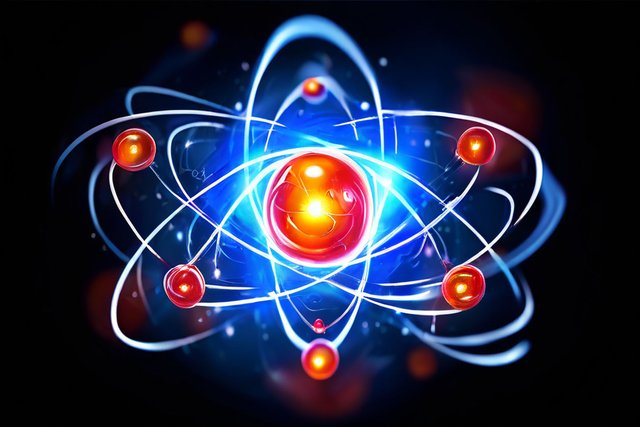Google trusts nuclear.
Google trusts nuclear.

A strategic alliance.
But what makes these SMRs so special.